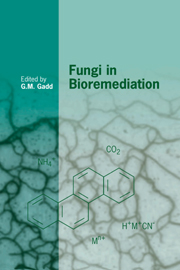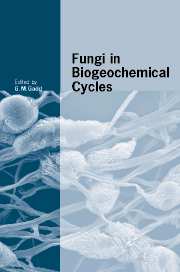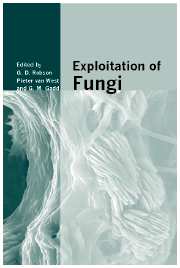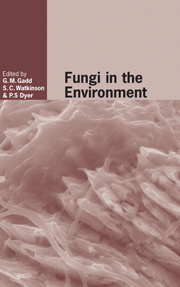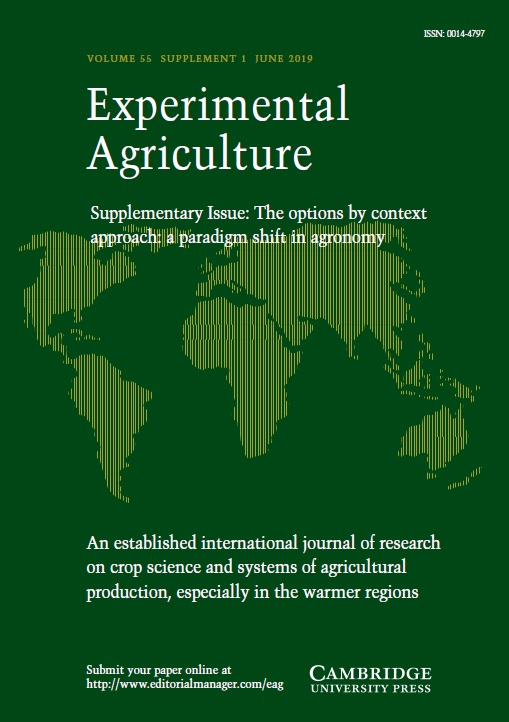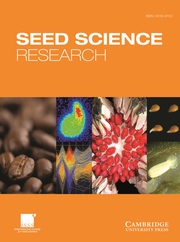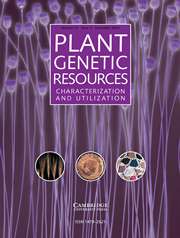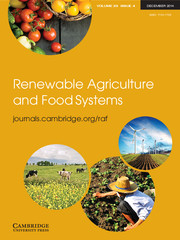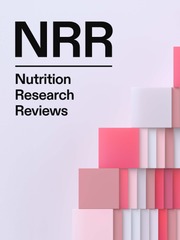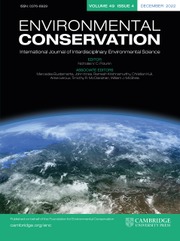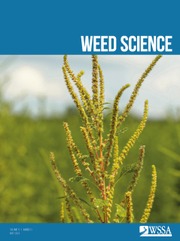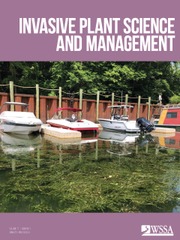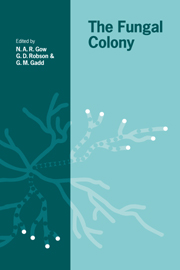Fungi in Bioremediation
$78.99 USD
Part of British Mycological Society Symposia
- Editor: G. M. Gadd, University of Dundee
- Date Published: July 2008
- availability: This ISBN is for an eBook version which is distributed on our behalf by a third party.
- format: Adobe eBook Reader
- isbn: 9780511406478
Find out more about Cambridge eBooks
$
78.99 USD
Adobe eBook Reader
Other available formats:
Hardback, Paperback
Looking for an inspection copy?
This title is not currently available on inspection
-
Bioremediation is an expanding area of environmental biotechnology, and may be defined as the application of biological processes to the treatment of pollution. Much bioremediation work has concentrated on organic pollutants, although the range of substances that can be transformed or detoxified by micro-organisms includes both natural and synthetic organic materials and inorganic pollutants, such as toxic metals. The majority of applications developed to date involve bacteria and there is a distinct lack of appreciation of the potential roles and involvement of fungi in bioremediation, despite clear evidence of their metabolic and morphological versatility. This book highlights the potential of filamentous fungi, including mycorrhizas, in bioremediation and discusses the physiology and chemistry of pollutant transformations.
Read more- Authoritative contributions by leading authorities
- Timely account of a rapidly advancing field
- Unique assimilation of perspectives
Reviews & endorsements
Review of the hardback: '… this book will become a standard text for years to come.' Roy Watling, BSS News
See more reviewsReview of the hardback: 'Recommended to anyone (not just mycologists) with an interest in the expanding field of environmental biotechnology.' Vicki Tariq, Microbiology Today
Review of the hardback: '… well written and well edited … helpful to the research scientist and student alike …' Mycologist
Review of the hardback: 'What a stimulating book! … the editor and sponsoring Society have to be applauded for their vision.' Mycological Research
Review of the hardback: '… this book is a most useful summary of the current understanding of the bioremediation potential of fungi … This book is a major source of references and techniques for anyone interested in using the chemical activities of fungi to transform waste substrates.' Mycopathologia
Customer reviews
Not yet reviewed
Be the first to review
Review was not posted due to profanity
×Product details
- Date Published: July 2008
- format: Adobe eBook Reader
- isbn: 9780511406478
- dimensions: 228 x 152 mm
- contains: 41 b/w illus. 21 tables
- availability: This ISBN is for an eBook version which is distributed on our behalf by a third party.
Table of Contents
List of contributors
Preface
1. Degradation of plant cell wall polymers Christine S. Evans and John N. Hedger
2. The biochemistry of ligninolytic fungi Patricia J. Harvey and Christopher F. Thurston
3. Bioremediation potential of white rot fungi C. Adinarayana Reddy and Zacharia Mathew
4. Fungal remediation of soils contaminated with persistent organic pollutants Ian Singleton
5. Formulation of fungi for in situ bioremediation Joan W. Bennett, William J. Connick. Jr., Donald Daigle and Kenneth Wunch
6. Fungal biodegradation of chlorinated monoaromatics and BTEX compounds John A. Buswell
7. Bioremediation of polycyclic aromatic hydrocarbons by ligninolytic and non-ligninolytic fungi Carl E. Cerniglia and John B. Sutherland
8. Pesticide degradation Sarah E. Maloney
9. Degradation of energetic compounds by fungi David A. Newcombe and Ronald L. Crawford
10. Use of wood-rotting fungi for the decolourisation of dyes and industrial effluents Jeremy S. Knapp, Eli J. Vantoch-Wood and Fuming Zhang
11. The roles of fungi in agricultural waste conversion Roni Cohen and Yitzhak Hadar
12. Cyanide biodegradation by fungi Michelle Barclay and Christopher J. Knowles
13. Metal transformations Geoffrey M. Gadd
14. Heterotrophic leaching Helmut Brandl
15. Fungal metal biosorption John M. Tobin
16. The potential for utilizing mycorrhizal associations in soil bioremediation Andrew A. Meharg
17. Mycorrhizas and hydrocarbons Marta Noemi Cabello
Index.
Sorry, this resource is locked
Please register or sign in to request access. If you are having problems accessing these resources please email [email protected]
Register Sign in» Proceed
You are now leaving the Cambridge University Press website. Your eBook purchase and download will be completed by our partner www.ebooks.com. Please see the permission section of the www.ebooks.com catalogue page for details of the print & copy limits on our eBooks.
Continue ×Are you sure you want to delete your account?
This cannot be undone.
Thank you for your feedback which will help us improve our service.
If you requested a response, we will make sure to get back to you shortly.
×
